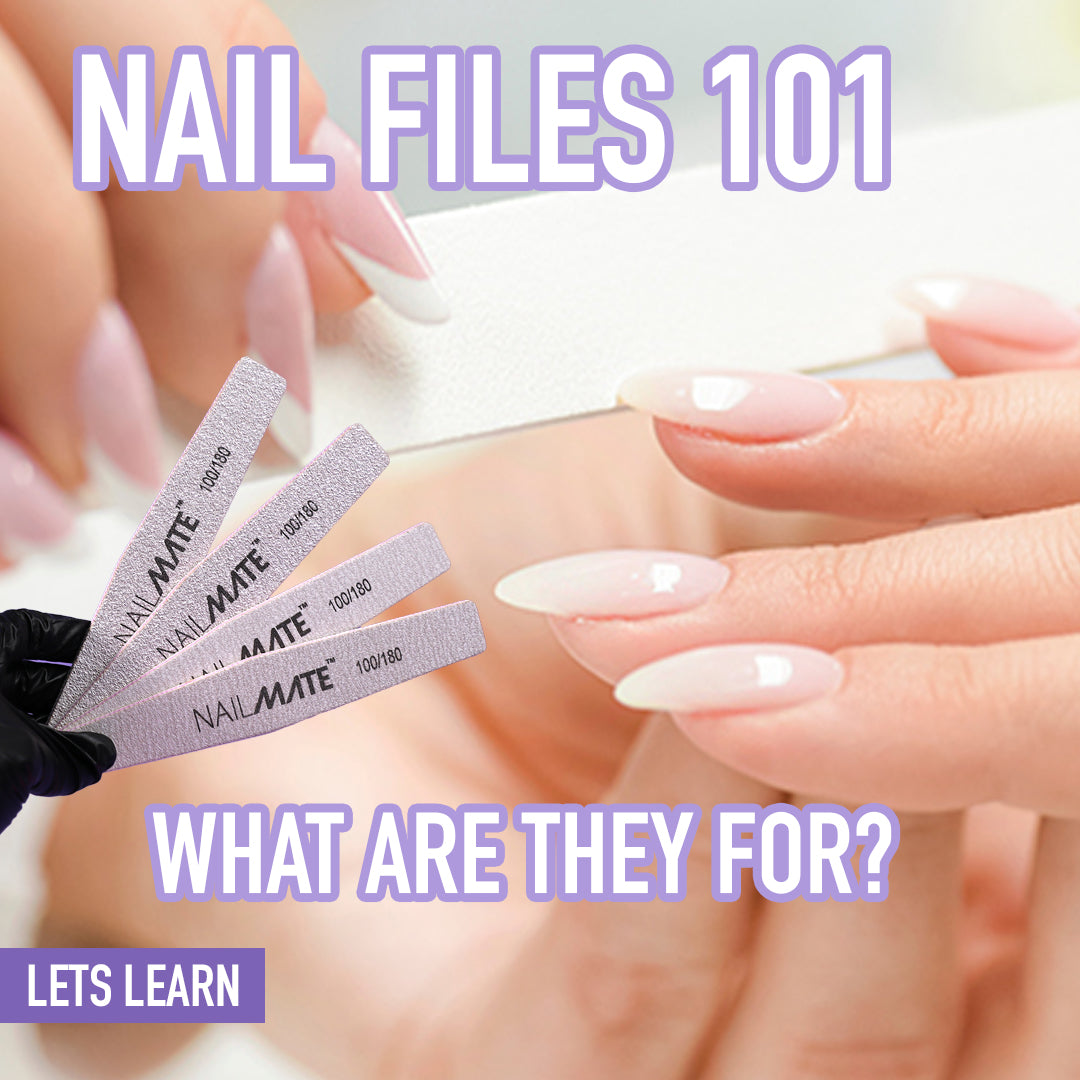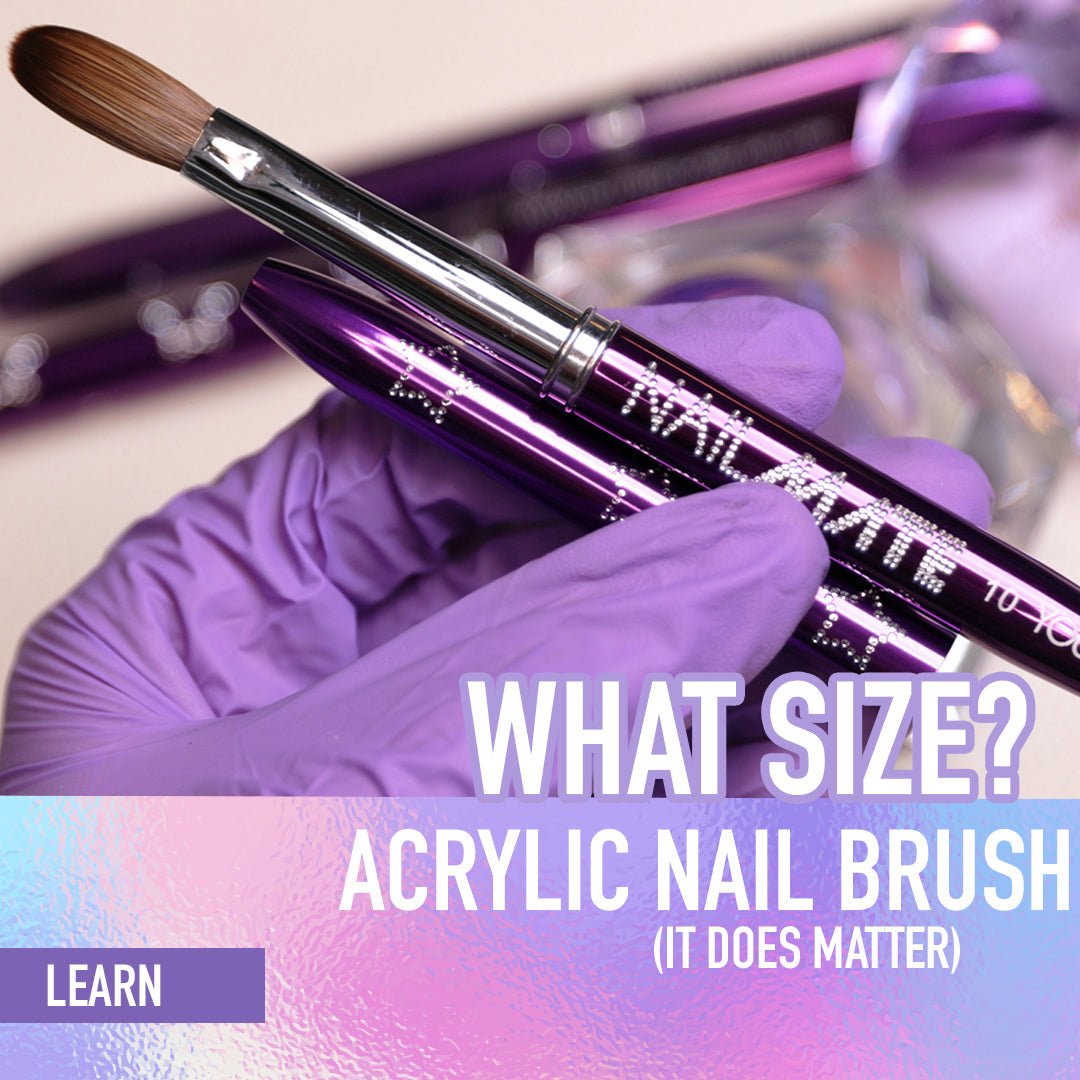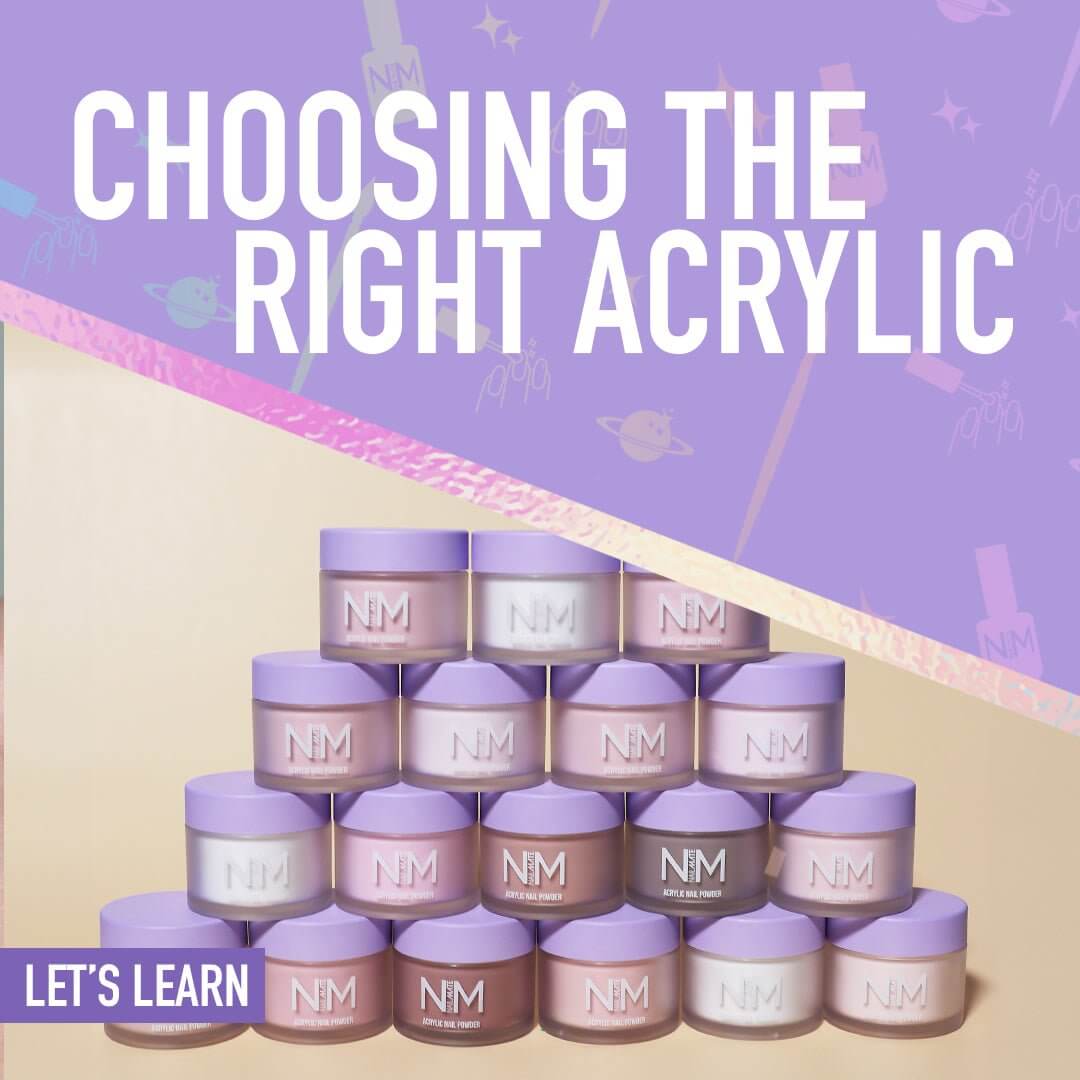Table of contents

Hello, Glitter Tribe Babes,
It's Lorna here (@ninjanailfairy), dropping in to break down some nail knowledge today - specifically, the world of nail files and their differing grit numbers! If you've ever questioned what the numbers such as 100, 150, and 180, 240 on your nail files signify, stick around because you're about to get schooled!
What does Grit Mean?
First, let's understand what the term 'grit' actually refers to. Much like sandpaper used for woodworking, nail files are also graded by the grit size. The grit number refers to the number of abrasive granules per square inch . Therefore, a lower grit number means larger, fewer grains, resulting in a coarser file, while a high grit number means smaller, more numerous grains, resulting in a finer or softer nail file.
Lower Grit Nail Files (100 grit)
- A nail file with a grit of 100 is pretty coarse and abrasive, which is why these files are typically used for heavy duty filing and shaping, and specifically, to shorten acrylic nails or hard gel nails and to de bulk or remove product. They remove more nail/product with each stroke due to their larger granules, replacing the initial need for nail clippers. However, they are much too harsh for natural nails and can cause damage if used improperly.
Middle Grit Nail Files (150 grit)
- Stepping down to a slightly softer file, we have the 150 grit. This type of file is ideal for shaping the free edge of toenails and artificial nails. It offers enough abrasiveness to shape these harder nails quickly without being as harsh as the 100 grit nail files.
Higher Grit Nail Files (180-240 grit)
- Finally, we reach the 180 grit files - the most delicate of the three. These are typically used for finishing filing on acrylic nails or for shaping and shortening natural nails. The finer granules of these nail files provide a much gentler filing action, making them perfect for smoothing out edges and giving your nails that perfect shape without causing any damage. A 240 Grit nail file is super delicate and perfect for filing the natural nail and also removing the shine from the natural nail during nail prep.

What Grit File Should I Use to Remove Gel?
When removing gel polish, you need a file with enough grit to effectively break down the gel top coat without damaging the underlying nail. Typically, a **100 to 180 grit** file is recommended to break the surface before coming in with acetone remover:
- **100 Grit** : For heavier filing and removing the bulk of the gel.
- **180 Grit** : For finer filing, smoothing, and finishing the removal process.
What is the Best Grit File for Acrylic Nails?
Acrylic nails are thicker and more durable than natural nails, requiring a coarser file for shaping and smoothing:
- **80 to 100 Grit** : Ideal for heavy-duty filing, de-bulking, shaping, and shortening acrylic nails.
- **150/180 Grit** : Suitable for refining the shape and smoothing the surface after using a coarser file.
What Grit File to Use on Natural Nails?
Natural nails are more delicate and require a gentler touch to avoid damage:
- **180 to 240 Grit** : Perfect for natural nails. The 180 grit side can shape the nail, while the 240 grit side can smooth the edges and refine the shape without causing harm.
Using the correct grit file for each type of nail ensures effective filing while maintaining nail health and preventing unnecessary damage.

Shop the full range of files and buffers now
❤︎
In conclusion, the wide variety in nail file grits gives you the tailored abrasive action you need to safely and effectively bring out the best shapes in different types of nails. Removing product and fiercely snatching those free edges. Crafting the perfect manicure involves having the right tools for each stage of the process, and the perfect nail file is no exception. A file and buffer set is the perfect option for starting out - Here is our fave; File & Buff set .
What is the best grit nail file to use on the natural nail only?
The best optical grit for natural nails is a grit ranging from 180-240.
If you don't intend to apply any gel or acrylic products we recommend 240grit.






